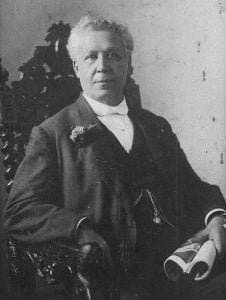Western Niantic Tribe
Western Niantic Indians. An Algonquian tribe formerly occupying the coast of Connecticut from Niantic bay to the Connecticut river. De Forest concluded that they once formed one tribe with the Rhode Island Niantic, which was cut in two by the Pequot invasion. Their principal village, also called Niantic, was near the present town of that name. They were subject to the Pequot, and had no political connection with the eastern Niantic. They were nearly destroyed in the Pequot war of 1637, and at its close the survivors were placed under the rule of the Mohegan. They numbered about 100 in … Read more

